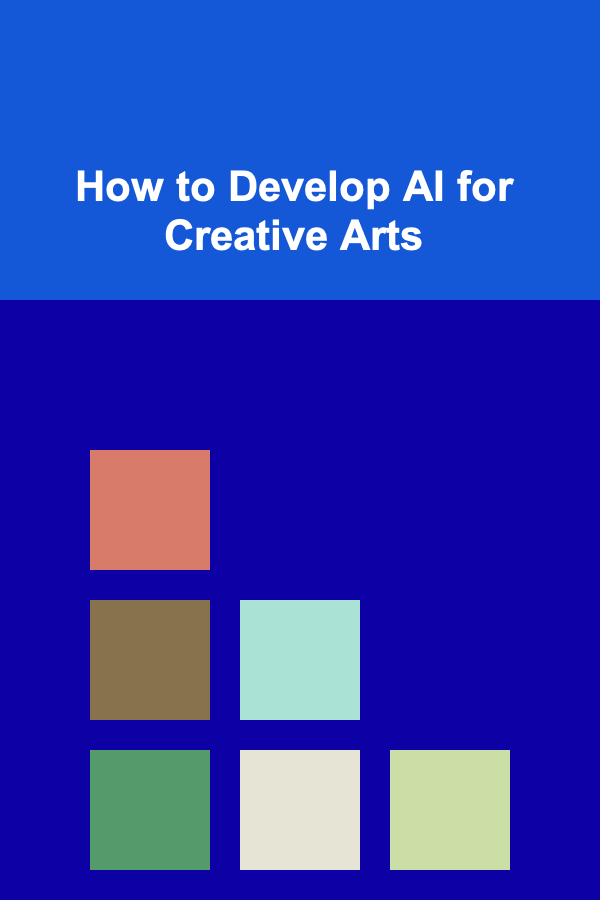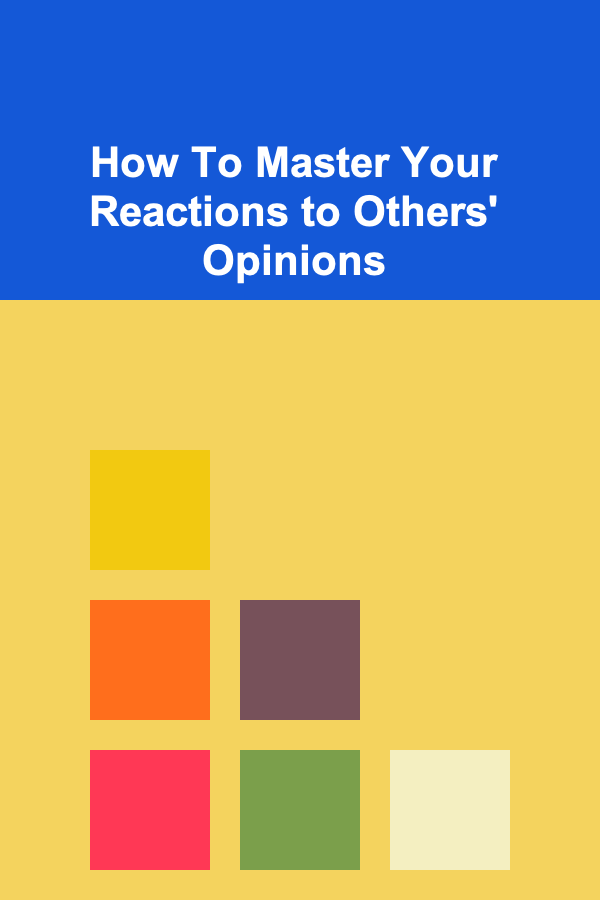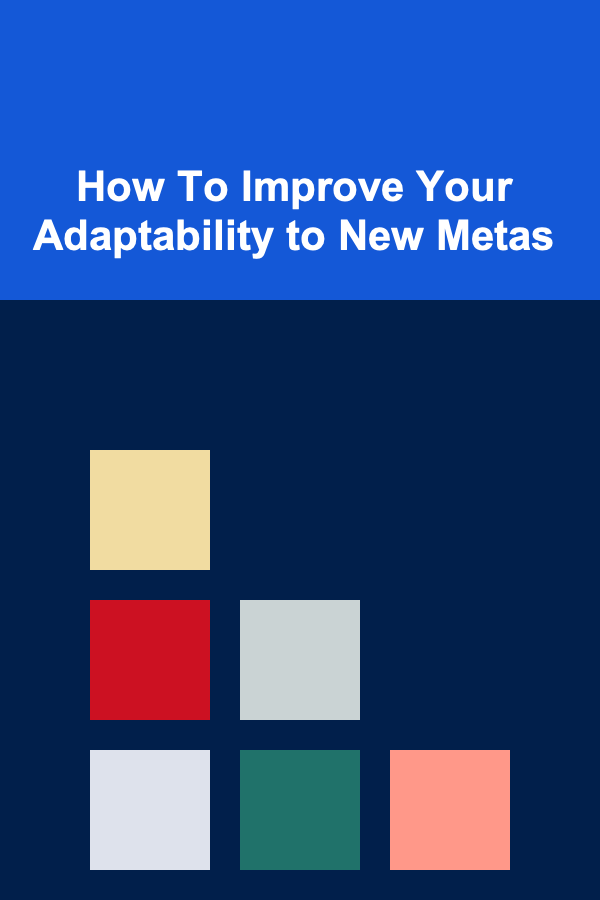
How to Develop AI for Creative Arts
ebook include PDF & Audio bundle (Micro Guide)
$12.99$11.99
Limited Time Offer! Order within the next:

The world of creative arts has always been a space of innovation, imagination, and human expression. From painting to music, literature to film, artists have used their crafts to share stories, emotions, and ideas with the world. However, with the rapid advancement of artificial intelligence (AI), we are witnessing a revolutionary shift in how creativity is being expressed. AI is not only enhancing the creative process, but also expanding the boundaries of artistic possibility. But how can AI be developed specifically for creative arts? What challenges do developers face, and how can AI systems enhance rather than replace human creativity?
In this article, we will delve into the process of developing AI for creative arts, the different types of AI applications in this field, and the potential future of AI-driven creative expression.
Understanding AI in Creative Arts
The Intersection of Technology and Creativity
At its core, artificial intelligence is about developing systems that can perform tasks that typically require human intelligence. This includes learning from data, making decisions, solving problems, and even understanding context. While AI has traditionally been used in fields like data science, healthcare, and automation, its application in the creative arts is a more recent development. The collaboration between AI and the arts is not simply about making machines that create art---it is about using AI as a tool to amplify and expand human creativity.
In the creative arts, AI can assist in various ways:
- Automation of Repetitive Tasks: AI can streamline repetitive processes in creative projects, like digital painting, music production, and video editing. For example, an AI system can help generate background music or assist in setting up lighting for a film scene, saving valuable time for the artist.
- Enhancing Artistic Vision: AI can provide new perspectives and ideas by analyzing large datasets and offering unexpected combinations. This can spark innovation in an artist's work, introducing new elements that may not have been considered otherwise.
- Generating Art: AI has the capability to generate original art, music, and literature. By using algorithms like neural networks, machine learning, and natural language processing, AI can create anything from a painting to an entire novel.
- Augmenting Collaboration: Rather than replacing human artists, AI can work alongside them as a collaborator. It can suggest new directions, help refine concepts, or even adapt to an artist's style to co-create unique pieces.
As we explore the development of AI for creative arts, it's essential to understand the key aspects involved in integrating technology with human-driven creativity.
Key Concepts in Developing AI for Creative Arts
1. Machine Learning (ML) and Deep Learning (DL)
To develop AI for creative applications, machine learning (ML) and deep learning (DL) are often at the heart of the technology. These subfields of AI involve training models on large datasets to allow them to make predictions, generate content, and adapt to new information.
- Supervised Learning: In supervised learning, an AI system is trained on labeled data (i.e., data that has already been categorized). For example, an AI could be trained on a dataset of famous paintings, and then be tasked with generating new art based on that knowledge.
- Unsupervised Learning: Unsupervised learning, on the other hand, involves AI systems that work with data that hasn't been labeled. This allows the system to identify patterns and structures on its own. In the case of creative arts, an AI system might analyze thousands of music tracks and then generate a composition that resembles certain patterns, but not necessarily a direct copy of any existing work.
- Generative Adversarial Networks (GANs): GANs are particularly interesting for creative applications because they involve two neural networks that compete with each other to improve. One generates content, and the other evaluates whether it looks real. This has been applied in art creation, from paintings to videos, as GANs can learn from existing styles and generate brand new, unique artwork.
2. Natural Language Processing (NLP) for Text-Based Creativity
In the realm of literature and storytelling, Natural Language Processing (NLP) plays a vital role. NLP allows AI systems to process and understand human language. For instance, GPT-based models, like the one you're interacting with, are a result of advanced NLP techniques. These models can be trained on vast collections of text (such as novels, articles, and scripts) to generate coherent and contextually rich written material.
AI tools can be used for:
- Story Generation: AI can generate entire plots, characters, and dialogues for books, scripts, and games.
- Poetry Creation: Algorithms can be trained to write poems in specific styles or replicate the writing styles of famous poets.
- Editing and Enhancement: NLP models can assist writers by suggesting edits, improving sentence structure, and even generating alternative storylines based on user input.
3. Computer Vision for Visual Arts
In visual arts, computer vision, a field of AI that enables computers to interpret and understand images, plays a significant role. Computer vision techniques allow AI to analyze, generate, and even manipulate visual content.
For instance:
- Style Transfer: AI can take an image and apply the style of a famous artist to it. This process, known as neural style transfer, uses deep learning to combine the content of one image with the artistic style of another, resulting in a brand new piece of artwork.
- Image Generation: AI systems like GANs can generate entirely new images based on training data, such as landscapes or abstract designs. These images can range from photorealistic to highly stylized.
- Interactive Art: Artists can use AI to create dynamic visual pieces that respond to real-time input, such as sound or motion. This allows for more immersive and interactive art experiences.
4. Music Composition and Sound Design
AI's influence on the world of music is profound. AI tools are capable of generating melodies, harmonies, rhythms, and even entire musical compositions. Machine learning algorithms are trained on vast datasets of existing music across various genres, enabling the AI to generate music in the style of different composers, bands, or genres.
Music composition can be approached through:
- Melody and Harmony Generation: AI can create original melodies or harmonies based on specific moods or genre preferences.
- Assisting Composers: For established composers, AI can act as a tool to suggest chords, harmonies, or even structures for songs, helping them overcome writer's block or explore new creative directions.
- Sound Design and Mixing: AI can also assist in sound design and mixing by analyzing existing sounds and suggesting alterations or creating entirely new soundscapes.
5. AI-Assisted Film and Animation Production
In film and animation, AI is beginning to transform the production process. It can be used to generate visuals, automate editing tasks, enhance special effects, and even assist in writing scripts.
For example:
- Scriptwriting Assistance: AI tools can help writers generate ideas, write drafts, or even suggest plot twists and character development paths.
- Visual Effects: AI can automate complex visual effects, such as simulating realistic explosions, weather patterns, or even enhancing the realism of animated characters.
- Animation: AI algorithms are capable of animating characters or scenes based on input from artists, reducing the time and effort required to create detailed animations.
Challenges in Developing AI for Creative Arts
While the development of AI for creative arts is exciting, it's not without its challenges. These challenges can range from technical issues to ethical concerns. Here are some of the main obstacles that developers and artists face:
1. Creativity vs. Computation
One of the most significant debates surrounding AI in the creative arts is whether AI can truly be "creative." While AI can generate content that mimics the creativity of human artists, there is an ongoing question of whether these creations can be considered truly original or if they are simply the result of algorithms following patterns. AI's creativity is often seen as derivative, drawing from datasets and learning from previous human creations. This raises questions about the authenticity and originality of AI-generated art.
2. Bias in AI Models
AI systems are trained on datasets that reflect existing human biases. In creative arts, this could lead to AI systems that reinforce stereotypes or fail to accurately represent diverse perspectives. For example, an AI model trained on a limited dataset of artwork might generate paintings or designs that are homogenous or skewed toward specific cultural or stylistic traditions. Developers must ensure that AI systems are trained on diverse, inclusive datasets to avoid perpetuating biases in creative outputs.
3. Ethical Implications
AI's ability to create art raises questions about authorship and intellectual property. If an AI creates a painting, who owns the rights to that artwork? Is it the developer who created the AI? The artist who collaborated with the AI? Or is the AI itself the creator? These ethical questions have yet to be fully addressed in the context of AI-generated art.
4. Technical Limitations
Despite advancements, AI is still far from perfect in creative fields. AI systems can produce impressive results, but they often lack the depth and emotional complexity that human artists bring to their work. For instance, AI may struggle to grasp abstract concepts or emotional subtleties that make art truly impactful. Overcoming these limitations requires further advancements in AI's ability to understand context, emotion, and human experience.
The Future of AI in Creative Arts
The future of AI in creative arts is both promising and uncertain. As technology continues to evolve, AI will become more sophisticated and capable of producing even more intricate and nuanced art. However, the role of AI will likely remain one of collaboration rather than replacement. The fusion of human creativity and machine learning will give rise to a new era of artistic expression, one that enhances human potential rather than diminishes it.
In the future, we may see more artists embracing AI as a co-creator, using it to explore new creative boundaries and collaborate with machines in ways that were previously unimaginable. AI could also democratize the creative process, enabling individuals without traditional artistic training to create high-quality artwork. This could lead to a more inclusive and diverse creative landscape, where anyone with an idea and a vision can bring their artistic dreams to life with the help of AI.
Conclusion
Developing AI for the creative arts is a challenging yet exciting endeavor that pushes the boundaries of both technology and human imagination. From visual arts to music, literature to film, AI has the potential to enhance and augment creative expression, providing new tools and possibilities for artists. However, there are challenges to overcome, including the question of originality, biases in AI models, and ethical considerations. As AI continues to evolve, it will play an increasingly important role in shaping the future of creativity, helping artists unlock new ideas and possibilities while working in harmony with technology.

How to Plan for Unexpected Expenses in Your Budget
Read More
How to Style Your Holiday Tree with Non-Traditional Color Schemes
Read More
How To Master Your Reactions to Others' Opinions
Read More
How To Improve Your Adaptability to New Metas
Read More
How to Maintain Your Snowboard: Essential Care Tips
Read More
How to Crochet Waterproof Crochet Bags
Read MoreOther Products

How to Plan for Unexpected Expenses in Your Budget
Read More
How to Style Your Holiday Tree with Non-Traditional Color Schemes
Read More
How To Master Your Reactions to Others' Opinions
Read More
How To Improve Your Adaptability to New Metas
Read More
How to Maintain Your Snowboard: Essential Care Tips
Read More